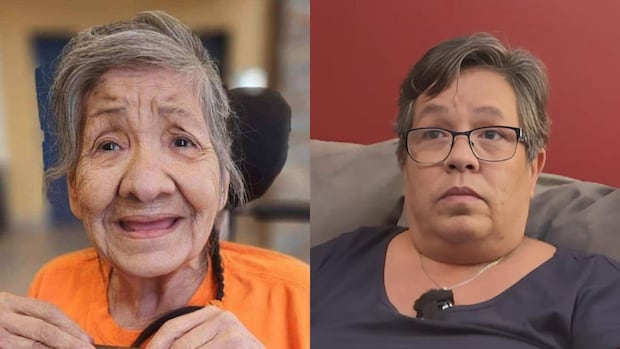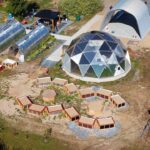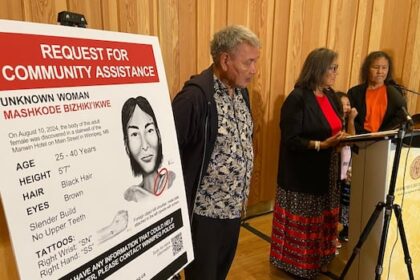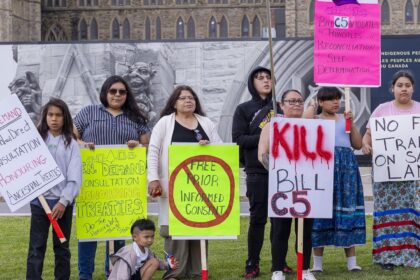New Brunswick·Ann’s EyePaul-Dimitracopoulous’s mother, Patricia ‘Patsi’ Paul, was taken from Bilijk (Kingsclear) First Nation to the Shubenacadie Indian Residential School when she was two, not leaving until she was 16.An honest confrontation of residential schools and cycles of abuse CBC News · Posted: Sep 30, 2025 5:00 AM EDT | Last Updated: 2 hours agoPatricia ‘Patsi’ Paul (left) was taken from Bilijk (Kingsclear) First Nation to the Shubenacadie Indian Residential School in Nova Scotia at the age of two, leaving when she was 16. Her daughter (right), Genine Paul-Dimitracopoulous, grew up grappling with the lasting trauma of her mother’s time there. (Ann Paul/CBC)This is part of a series called Ann’s Eye, featuring the work of Ann Paul, a Wolastoqey content creator. You can see more Ann’s Eye pieces by clicking here.WARNING: This story contains details of experiences at residential schools.Genine Paul-Dimitracopoulous did not grow up in residential school, but she learned how to barricade her bedroom door with a rocking chair before she turned 10.She learned how to kneel for hours, praying to a god that wasn’t hers. She learned that if she was late for dinner — when there was dinner — she’d go to bed hungry, her food sitting in the garbage. She learned that alcohol could make you numb, that not all grown-ups are safe, and that if she wanted things, she had to work for them herself. Genine Paul-Dimitracopoulous is a social worker who lives in Sitansisk (St. Mary’s) First Nation. (Ann Paul/CBC)Genine’s mother, Patricia ‘Patsi’ Paul, was taken from Bilijk (Kingsclear) First Nation to the Shubenacadie Indian Residential School in Nova Scotia when she was two and left when she was 16. The trauma from those years would bleed into Genine’s own childhood, which became a schooling in adulthood. Against a backdrop of abuse, she started working at 12 so that she could have clothes for school. At 14, she started caring for her mother, whose health was deteriorating after years of alcohol addiction. She had her own battle with alcoholism and overcame it.Today, living in Sitansisk (St. Mary’s) First Nation, she’s a social worker, a mother and a grandmother. She’s the person who cared for her mother as much as she could until her death a few years ago. Genine’s son, daughter-in-law and two grandsons. (Ann Paul/CBC)Canada’s last residential school closed in 1996, but for Genine and many others, there’s no “getting over it.” Watch the video to learn more about the lasting impacts of residential schools, not just for the people who were taken there, but for their children.WATCH | Genine Paul-Dimitracopoulous describes her childhood: Ann’s Eye: Residential school trauma doesn’t die with its survivors. Take it from the child of oneGenine Paul-Dimitracopoulous’s mother attended the Shubenacadie Indian Residential School in Nova Scotia from the age of two until she was 16. Genine’s own childhood was marked by the trauma and abuse her mother experienced there.A national 24-hour Indian Residential School Crisis Line is available at 1-866-925-4419 for emotional and crisis referral services for survivors and those affected. Mental health counselling and crisis support are also available 24 hours a day, seven days a week through the Hope for Wellness hotline at 1-855-242-3310 or by online chat.Ann’s EyePhotographer Ann Paul brings an Indigenous lens to stories from First Nations communities across New Brunswick. Click here or on the image below to see more of her work.
Her mother survived residential school. It stole both their childhoods.












